The bathroom is a place of comfort and relaxation. Yet, it's also a common site for accidents.
Slippery floors, hot surfaces, and sharp objects can pose risks. Especially for young children, the elderly, and those with mobility issues.
In this guide, we'll share essential bathroom safety tips. These will help you prevent accidents and ensure a safer environment.
We'll discuss the importance of safety equipment. From non-slip mats to grab bars, these tools can make a big difference.
We'll also cover maintenance tips, like medicine cabinet mirror replacement. Regular upkeep can prevent potential hazards.
Whether you're a homeowner, renter, or caregiver, this guide is for you. Let's create a safer bathroom space together.
Understanding Bathroom Hazards
Bathrooms can be hazardous due to their unique features. Wet, slippery surfaces increase the risk of falls, while hot water and metal surfaces can cause burns.
Additionally, medicine cabinets often contain sharp objects and potentially harmful substances. Understanding these risks is the first step towards creating a safer bathroom environment.
Essential Bathroom Safety Equipment
To ensure safety in the bathroom, certain equipment is essential. These items help to minimize the risks associated with bathroom hazards.
Non-slip mats, grab bars, and a secure medicine cabinet are among the most important. These items provide stability, prevent falls, and keep dangerous items out of reach.
Here is a list of essential bathroom safety equipment:
- Non-slip mats and flooring
- Grab bars and handrails
- Secure medicine cabinet with a shatterproof mirror
Non-Slip Mats and Flooring
Non-slip mats are a simple yet effective safety measure. They provide traction on wet surfaces, reducing the risk of slips and falls.
Grab Bars and Handrails
Grab bars and handrails offer support and stability. They are particularly useful near the toilet and in the shower or bathtub.
Medicine Cabinet Safety

A secure medicine cabinet is crucial for bathroom safety. It should be firmly attached to the wall and contain a shatterproof mirror.
Medicine Cabinet Mirror Replacement
If the mirror in your medicine cabinet is cracked or damaged, it's time for a replacement. A broken mirror can pose a safety risk due to sharp edges.
Preventing Slips, Trips, and Falls
Slips, trips, and falls are common bathroom accidents. They can lead to serious injuries, especially for the elderly and young children.
Preventing these accidents involves keeping the bathroom floor dry and ensuring proper lighting. It's also important to remove any potential tripping hazards.
Keeping the Bathroom Floor Dry
A wet bathroom floor is a major slip hazard. Always wipe up water spills immediately and consider using a bath mat to absorb excess water.
Remember, a dry floor is a safer floor.
Proper Lighting and Visibility
Good lighting is essential for bathroom safety. It helps to prevent accidents caused by poor visibility.
Consider installing night lights for safer trips to the bathroom during the night.
Safe Bathroom Practices for All Ages
Bathroom safety is important for everyone, regardless of age. It's about creating a space that is safe and accessible for all.
This involves childproofing for young ones and considering the needs of seniors. It's about making the bathroom a safe place for everyone.
Childproofing the Bathroom
Children are naturally curious and can get into trouble in the bathroom. It's important to keep harmful substances out of their reach.
Consider using childproof locks on cabinets and a toilet lock to prevent accidental drowning.
Senior Safety Considerations
For seniors, the bathroom can be a challenging space. Installing grab bars and using non-slip mats can provide extra support and stability.
Consider a raised toilet seat or a shower chair for those with mobility issues. These can make a big difference in ensuring safety.
Regular Maintenance and Inspections
Maintaining your bathroom is key to ensuring safety. Regular checks and repairs can prevent accidents.
This includes checking the condition of safety equipment and keeping the bathroom clean and hygienic.
Checking Safety Equipment and Accessories
Safety equipment needs regular checks. This ensures they are in good working condition.
From non-slip mats to grab bars, make sure they are secure and effective. Replace any worn-out or damaged items promptly.
Mold, Mildew, and Hygiene
A clean bathroom is a safe bathroom. Regular cleaning can prevent the growth of mold and mildew.
These can cause health issues and make surfaces slippery. Keep your bathroom dry and well-ventilated to prevent these problems.
Final Thoughts: Creating a Culture of Bathroom Safety
Bathroom safety is a shared responsibility. Everyone in the household should be aware of the importance of maintaining a safe bathroom environment.
By following these tips, you can create a culture of safety in your bathroom, reducing the risk of accidents and injuries.
Bathroom Safety Checklist
To help you maintain bathroom safety, here's a quick checklist:
- Regularly check and replace non-slip mats.
- Ensure grab bars are secure and sturdy.
- Keep the bathroom well-lit and clean.
- Store hazardous substances out of children's reach.
- Regularly inspect and maintain safety equipment.
- Keep the bathroom floor dry.
- Regularly check for mold and mildew.
- Ensure all safety equipment is ADA compliant.
- Keep a first aid kit in the bathroom.
- Regularly update safety equipment as needed.
Remember, a safe bathroom is a happy bathroom!


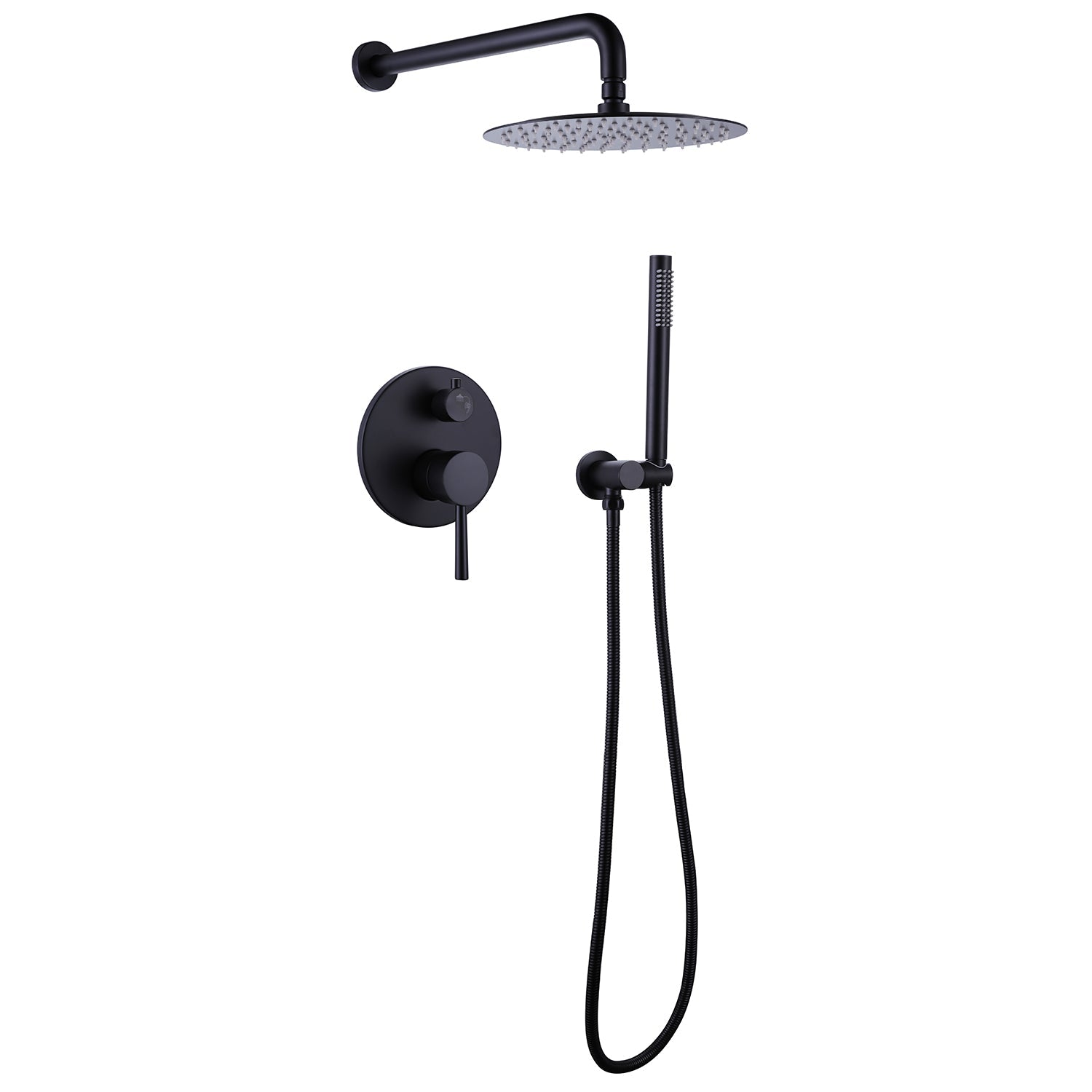


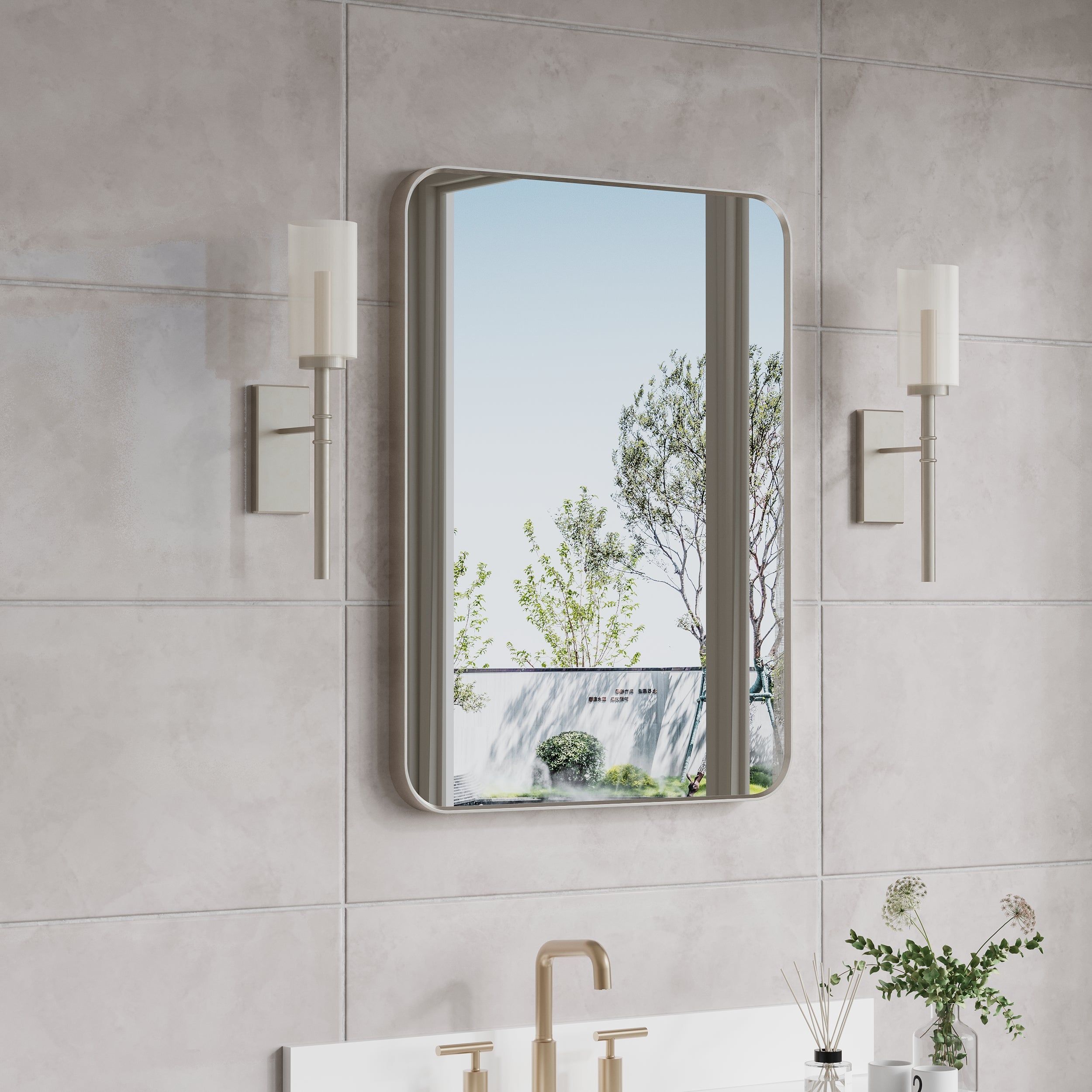


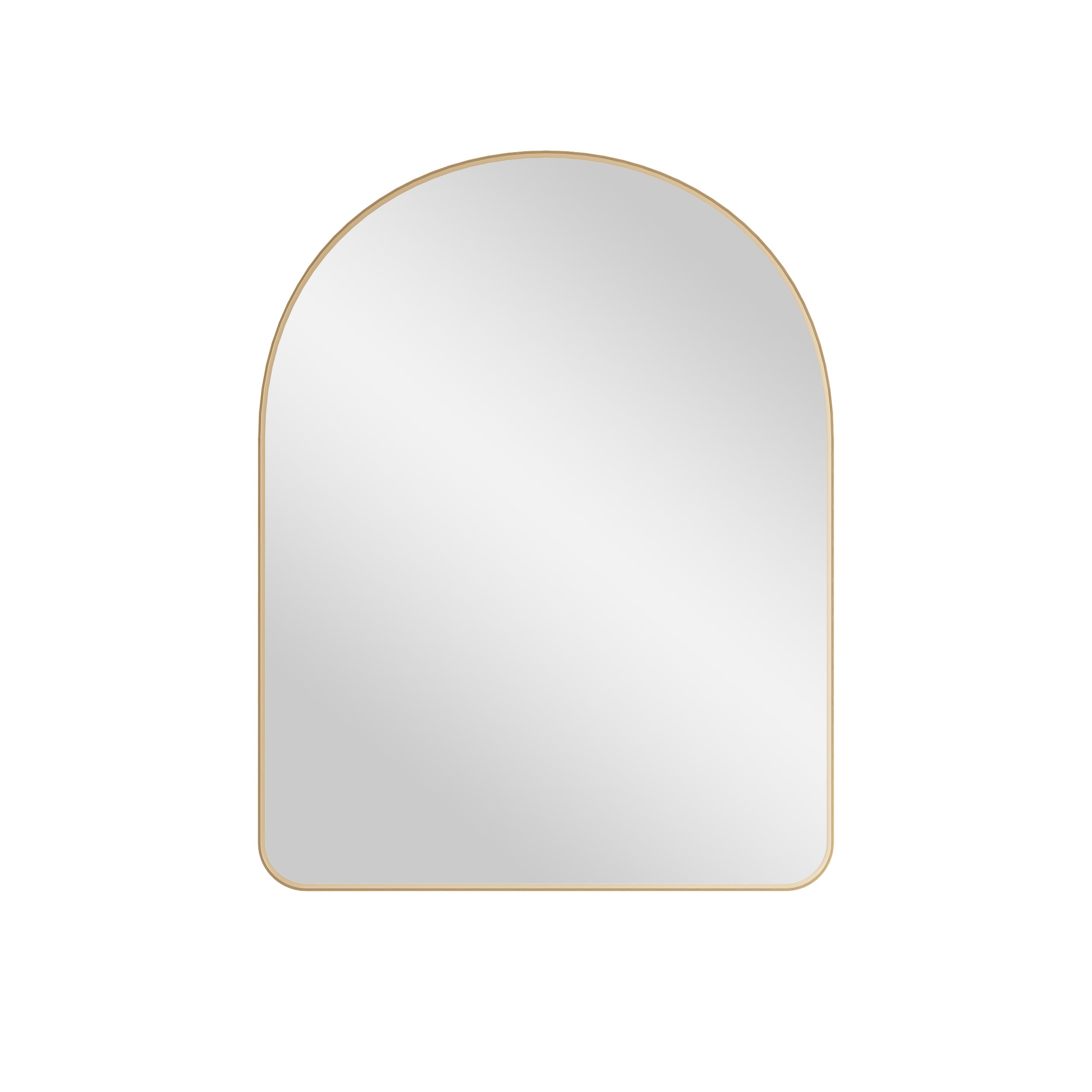


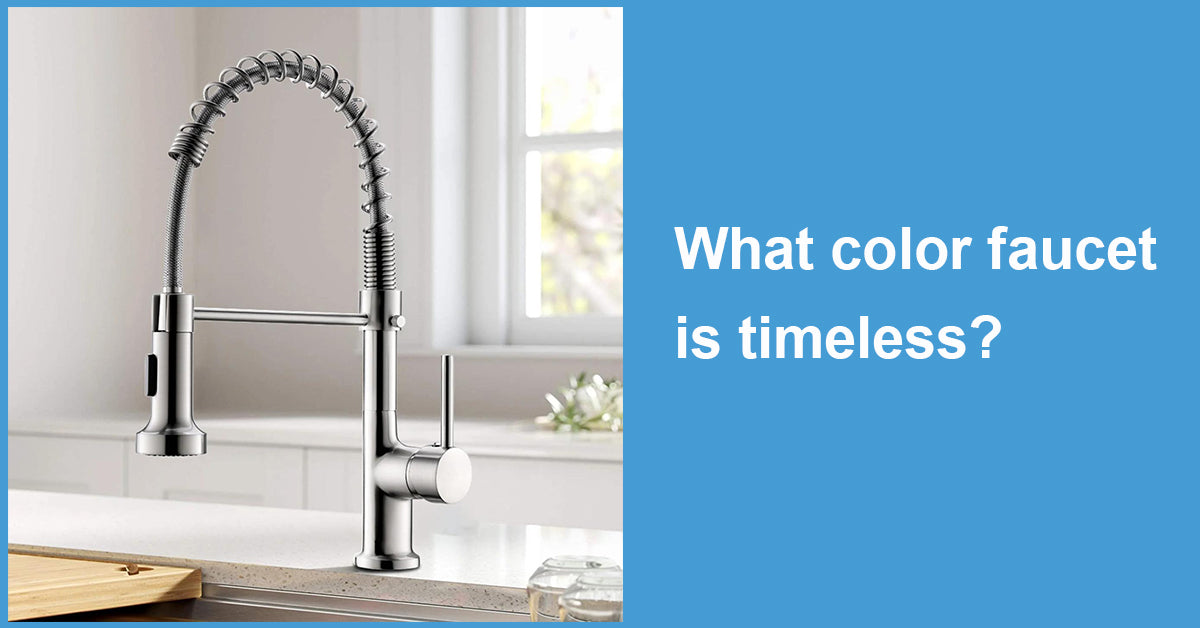
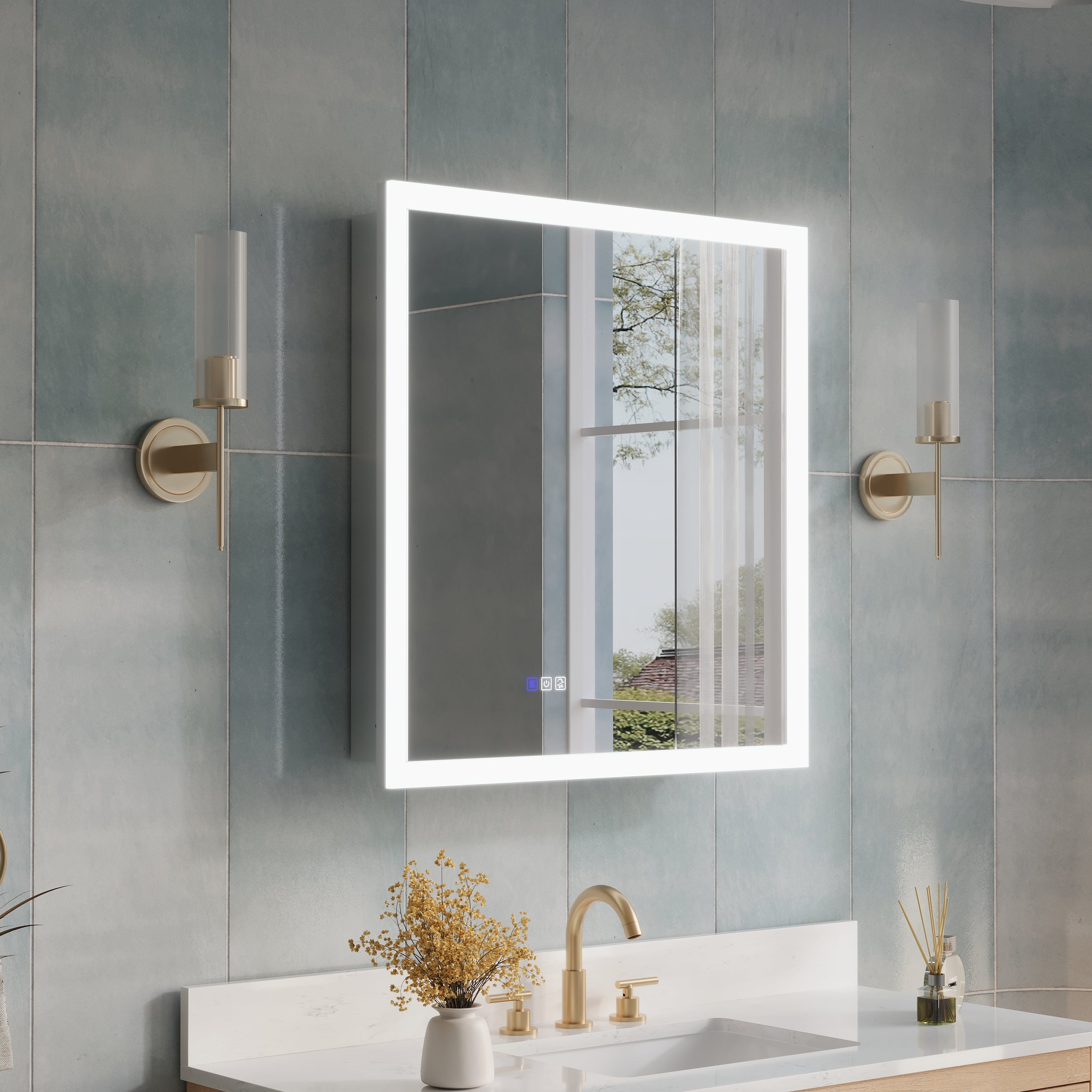
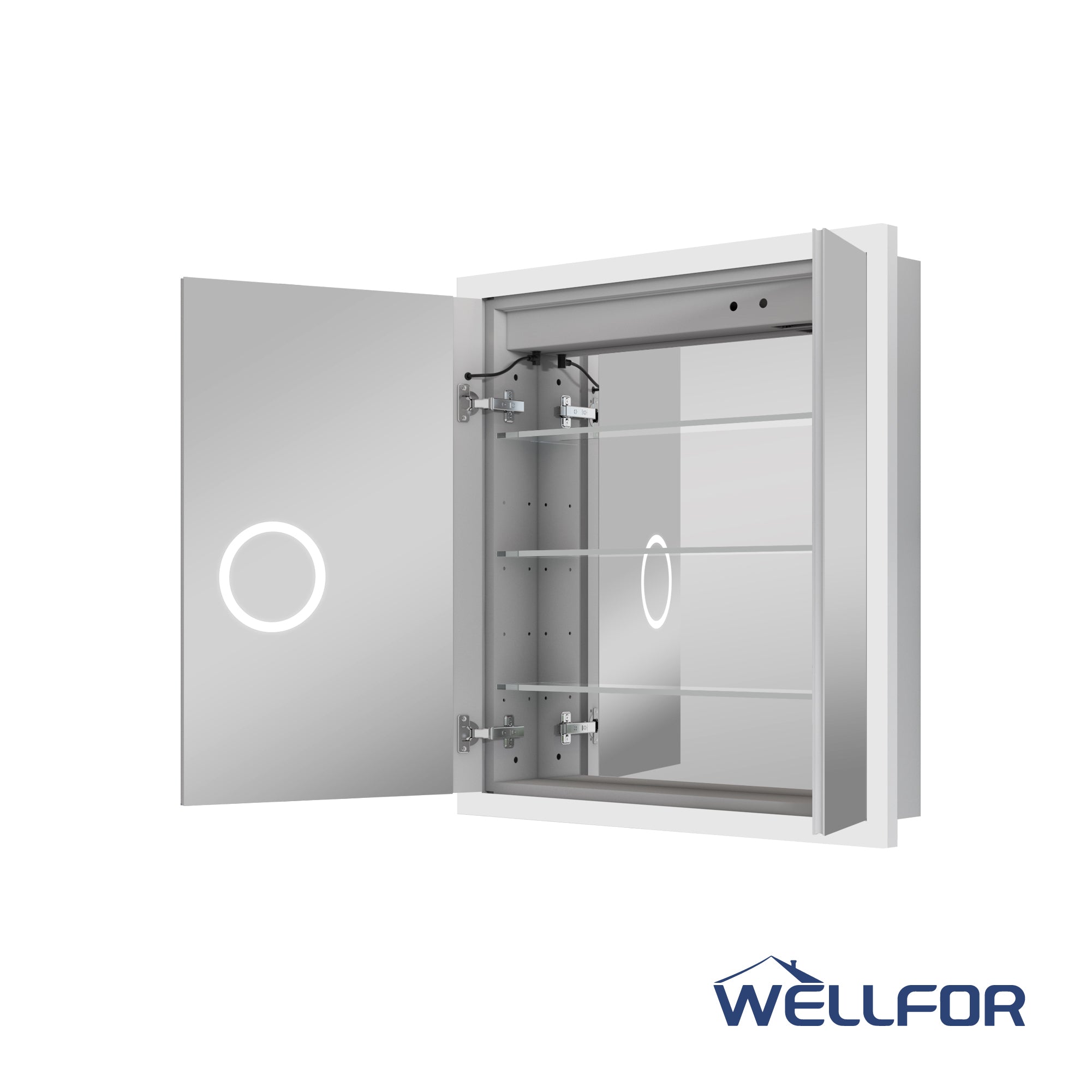
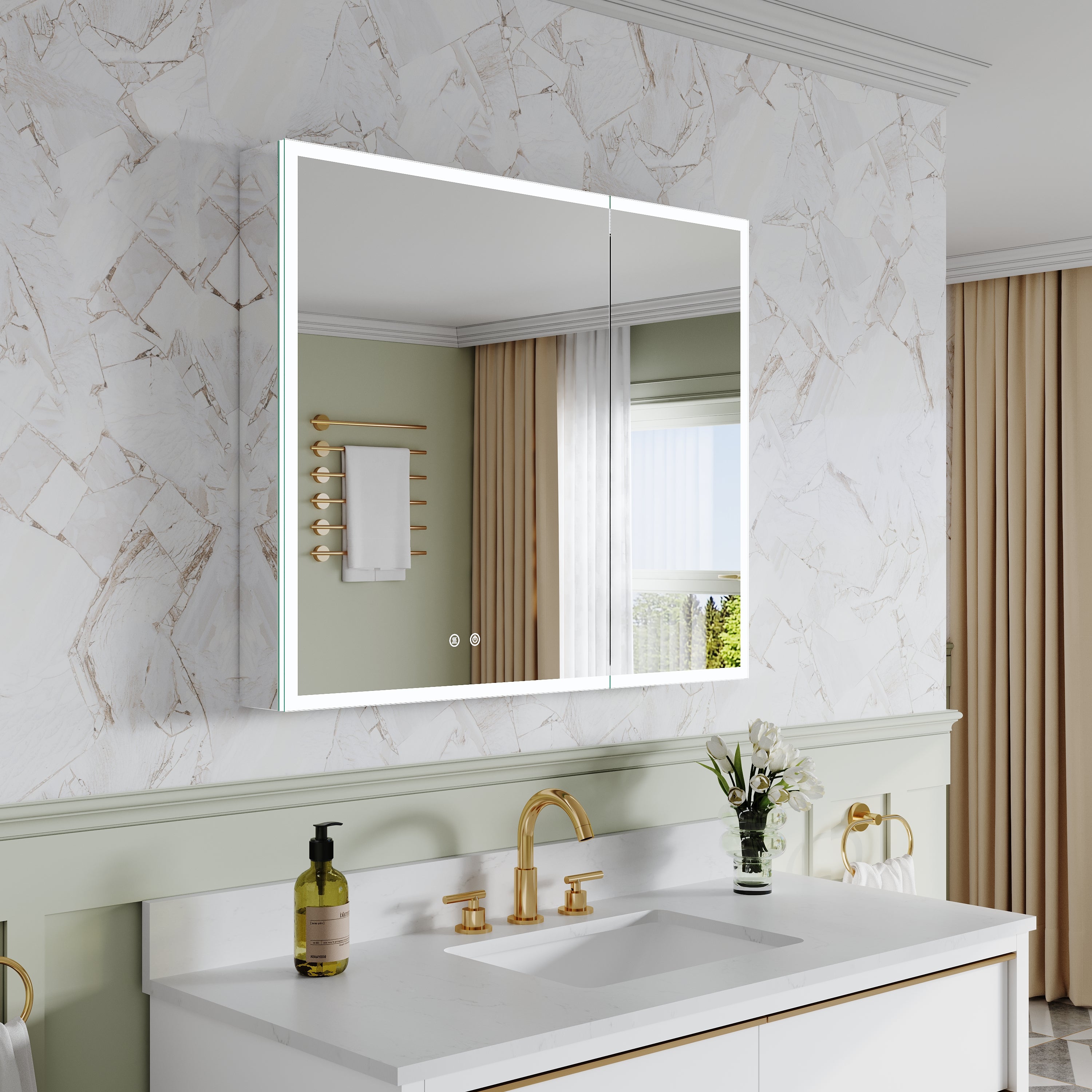







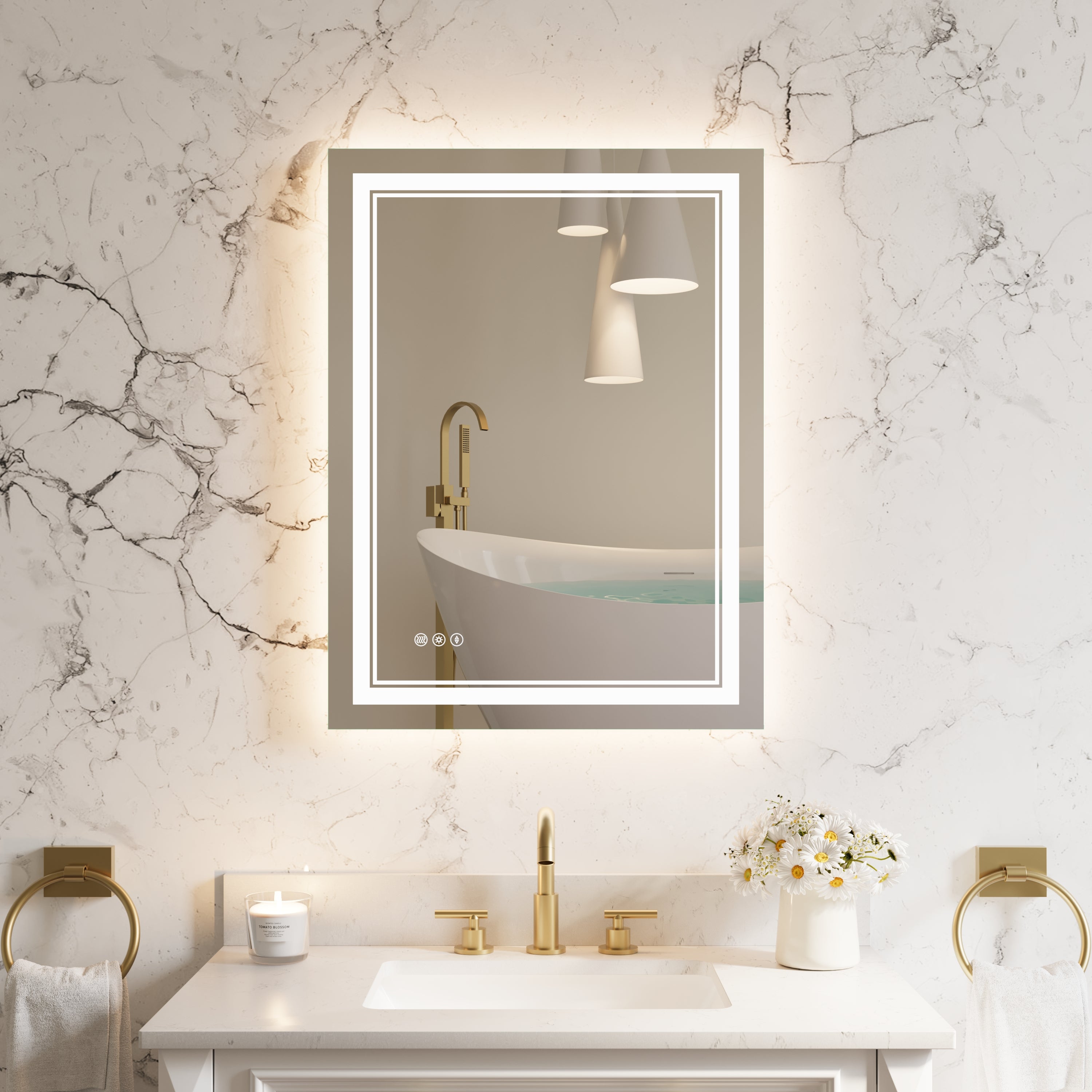



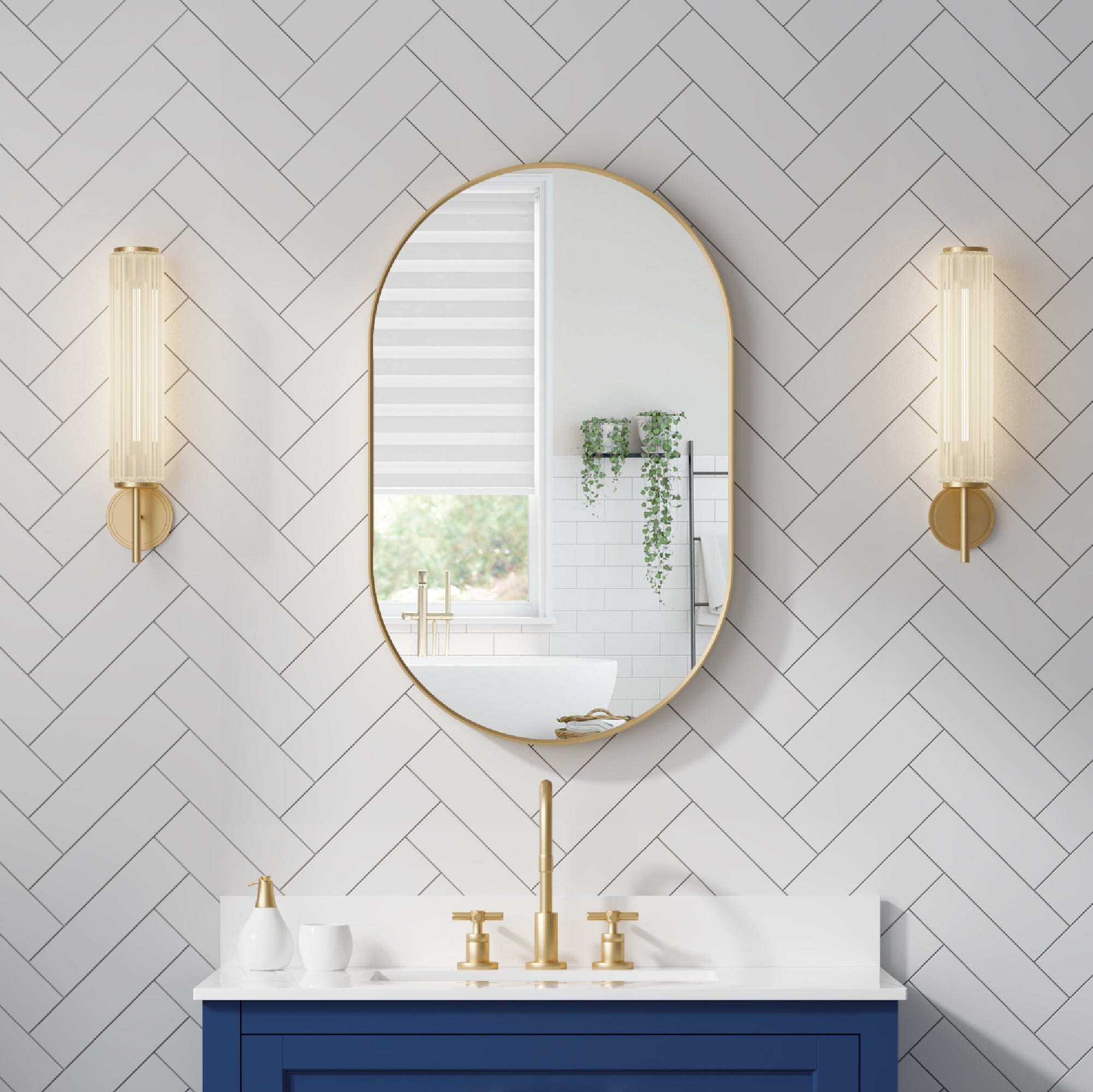


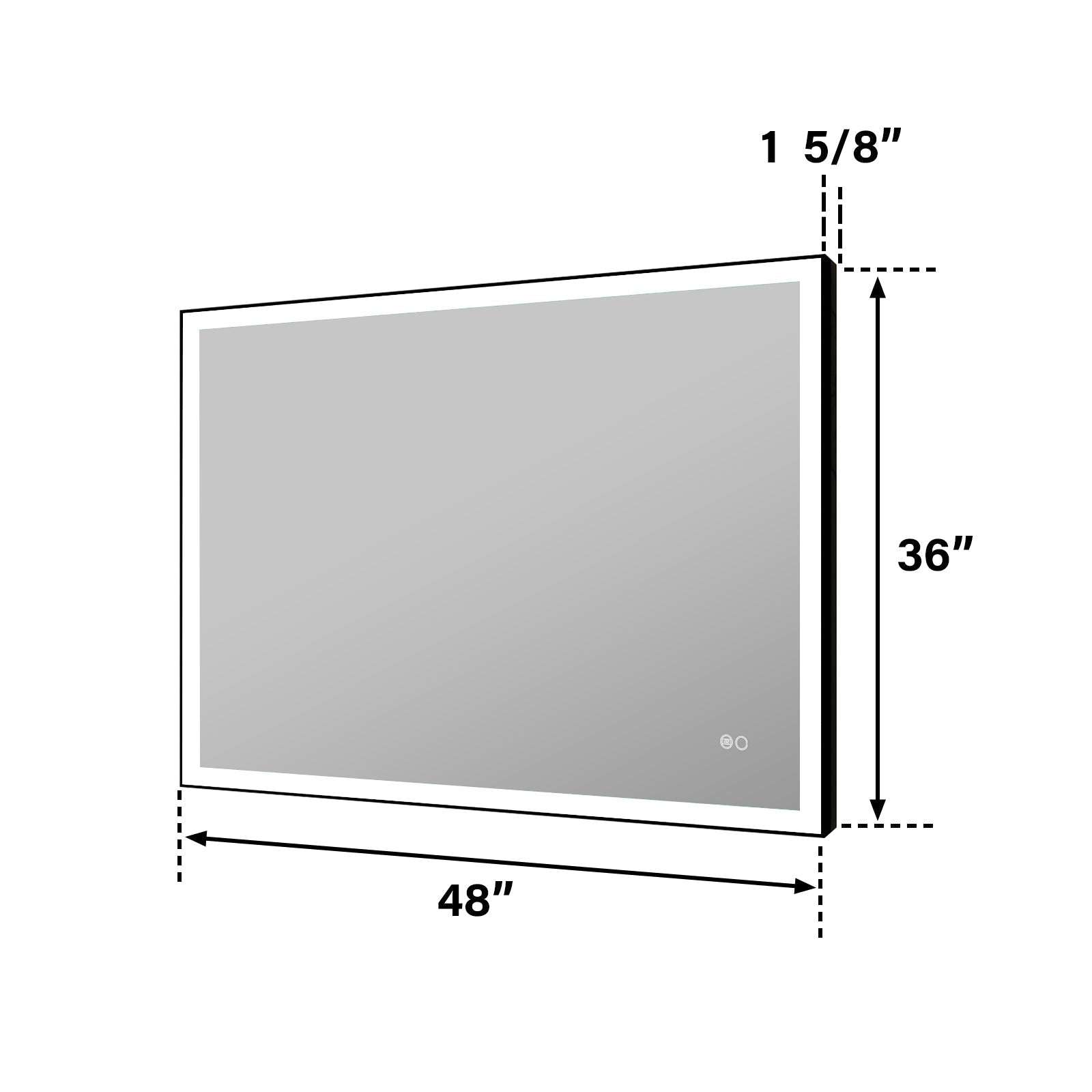
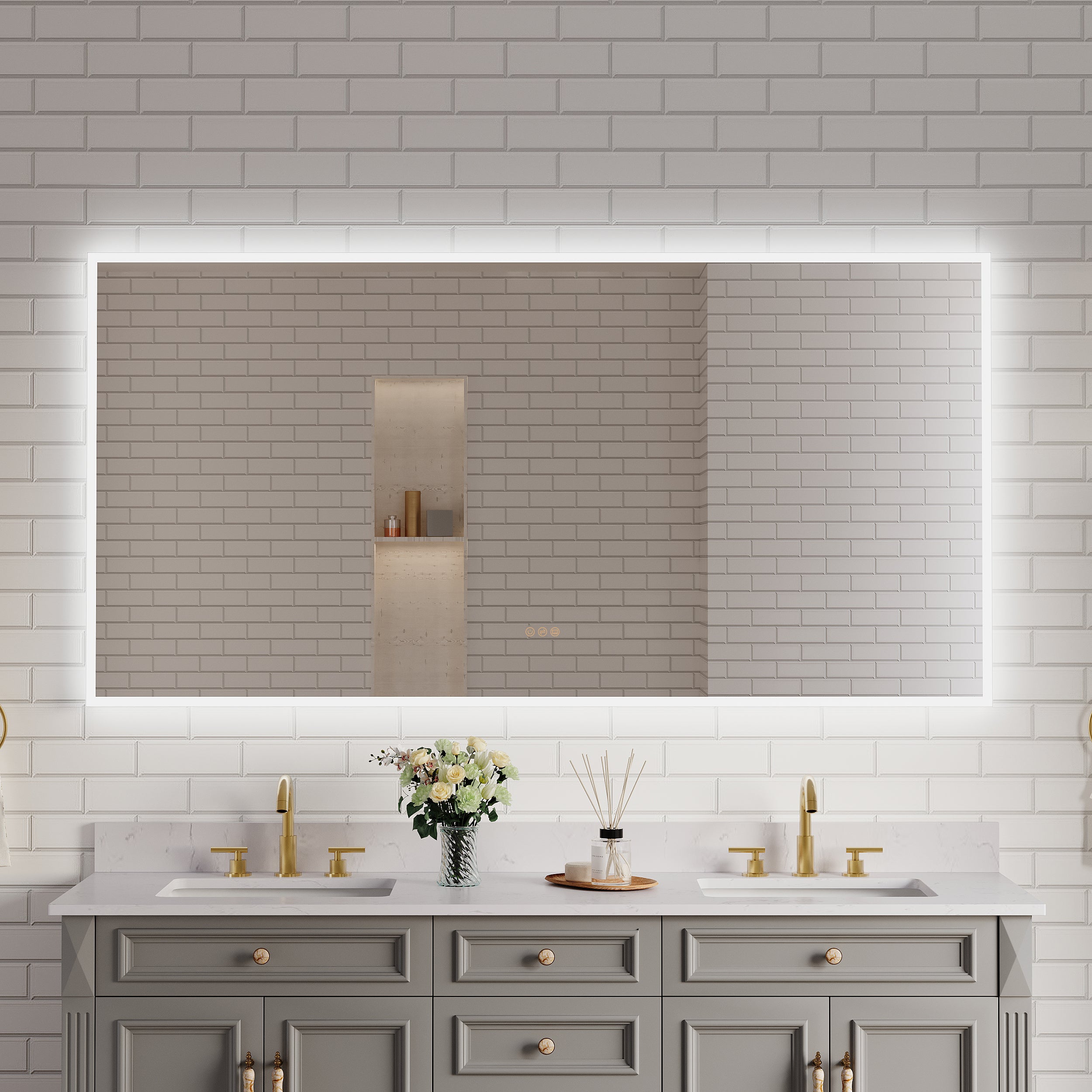


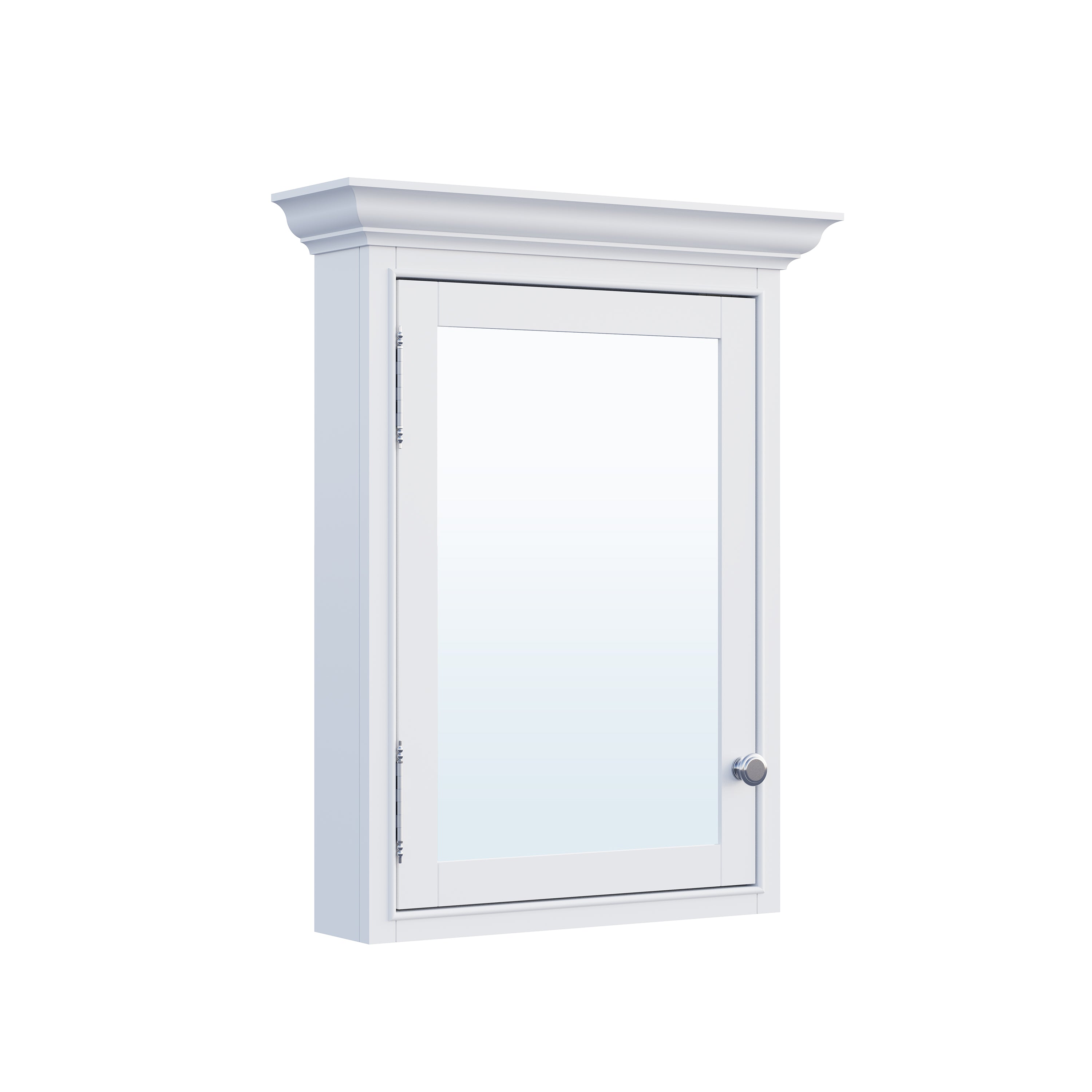

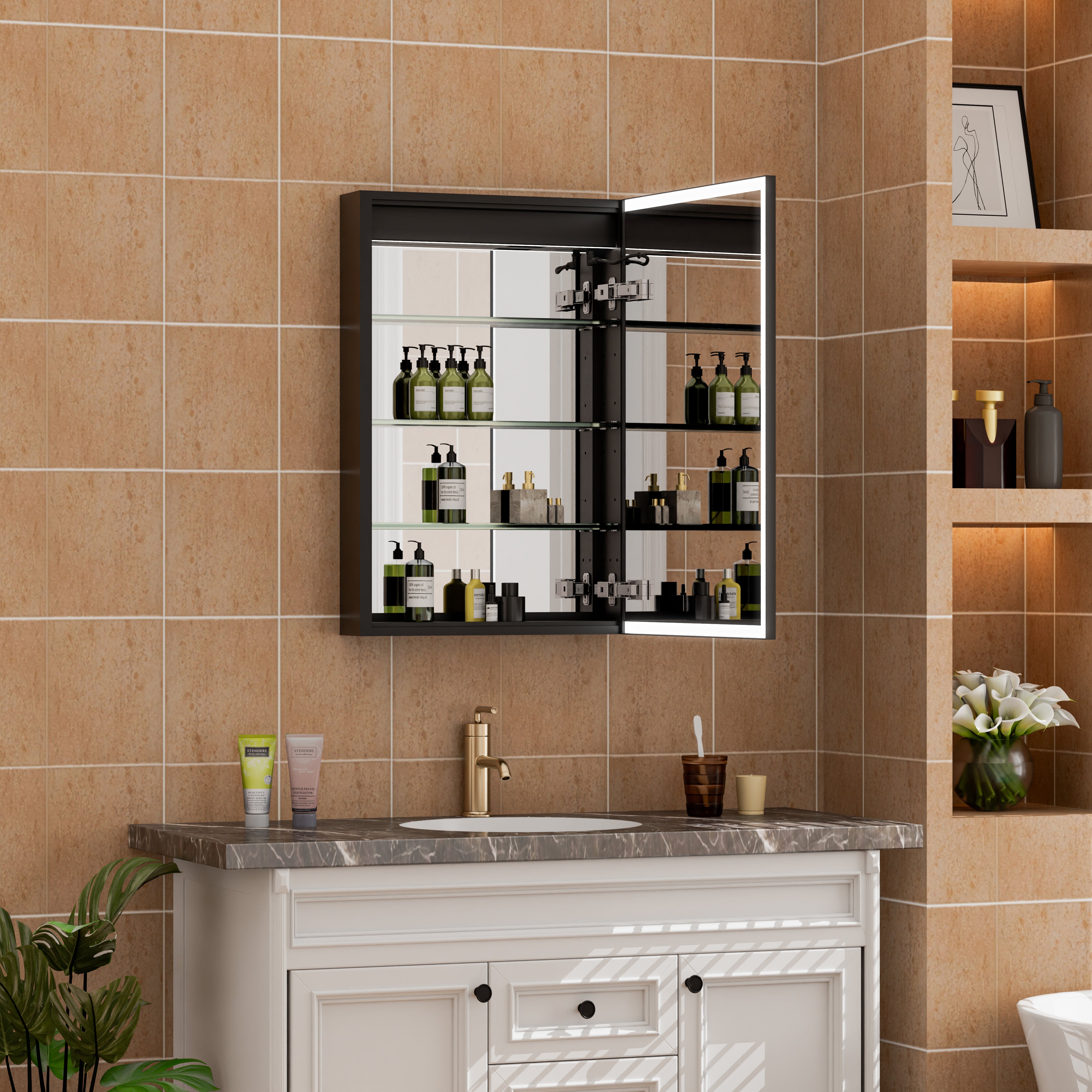


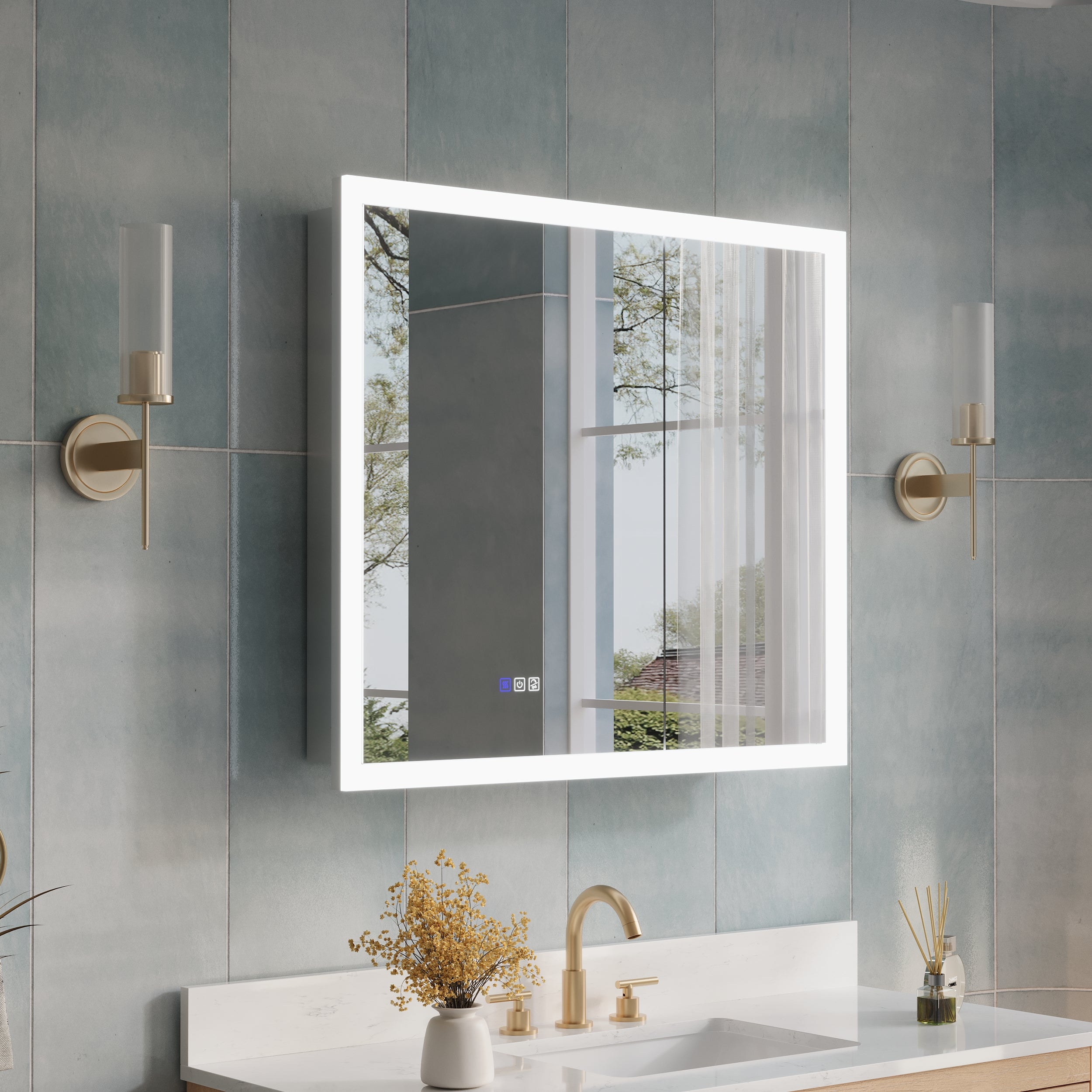
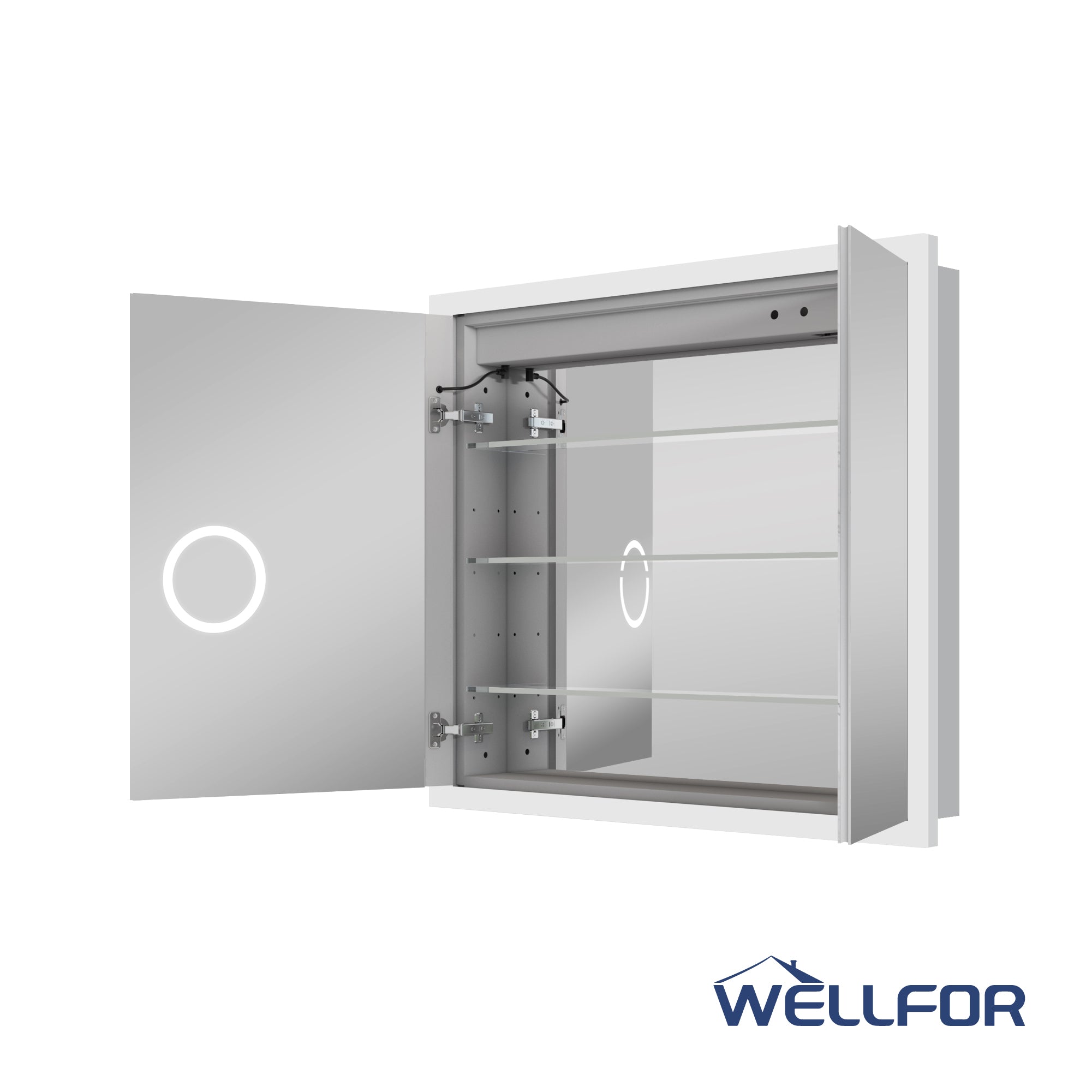
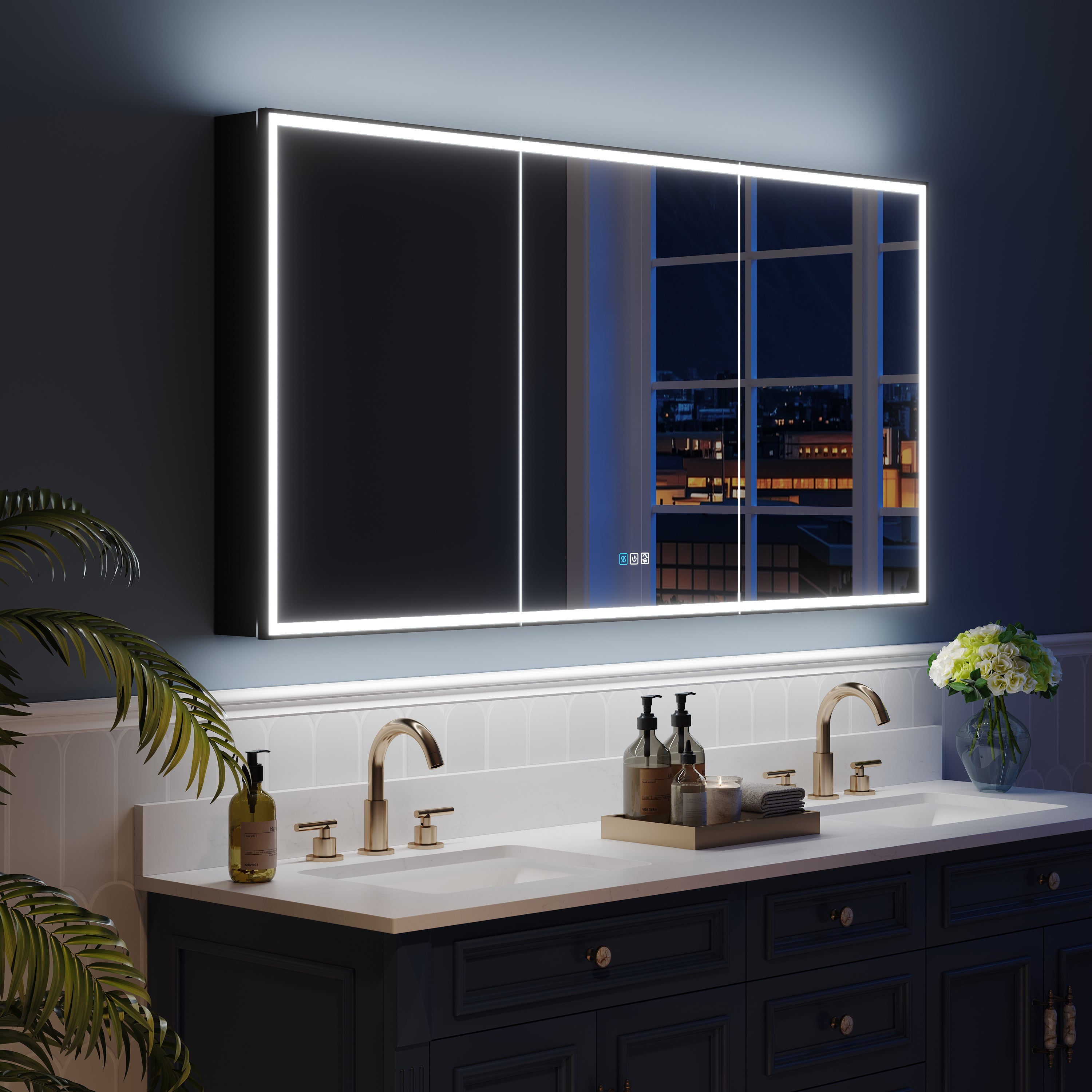


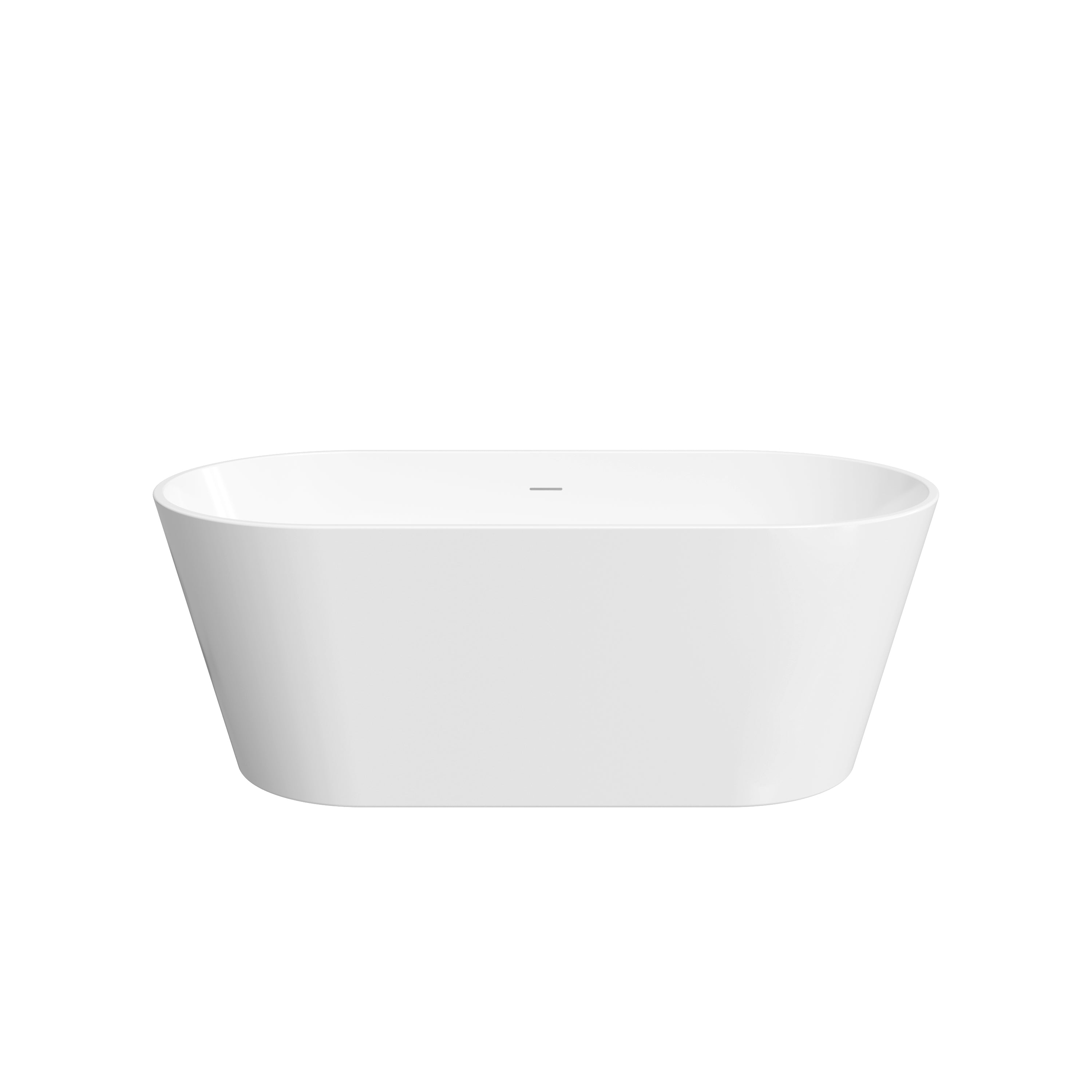


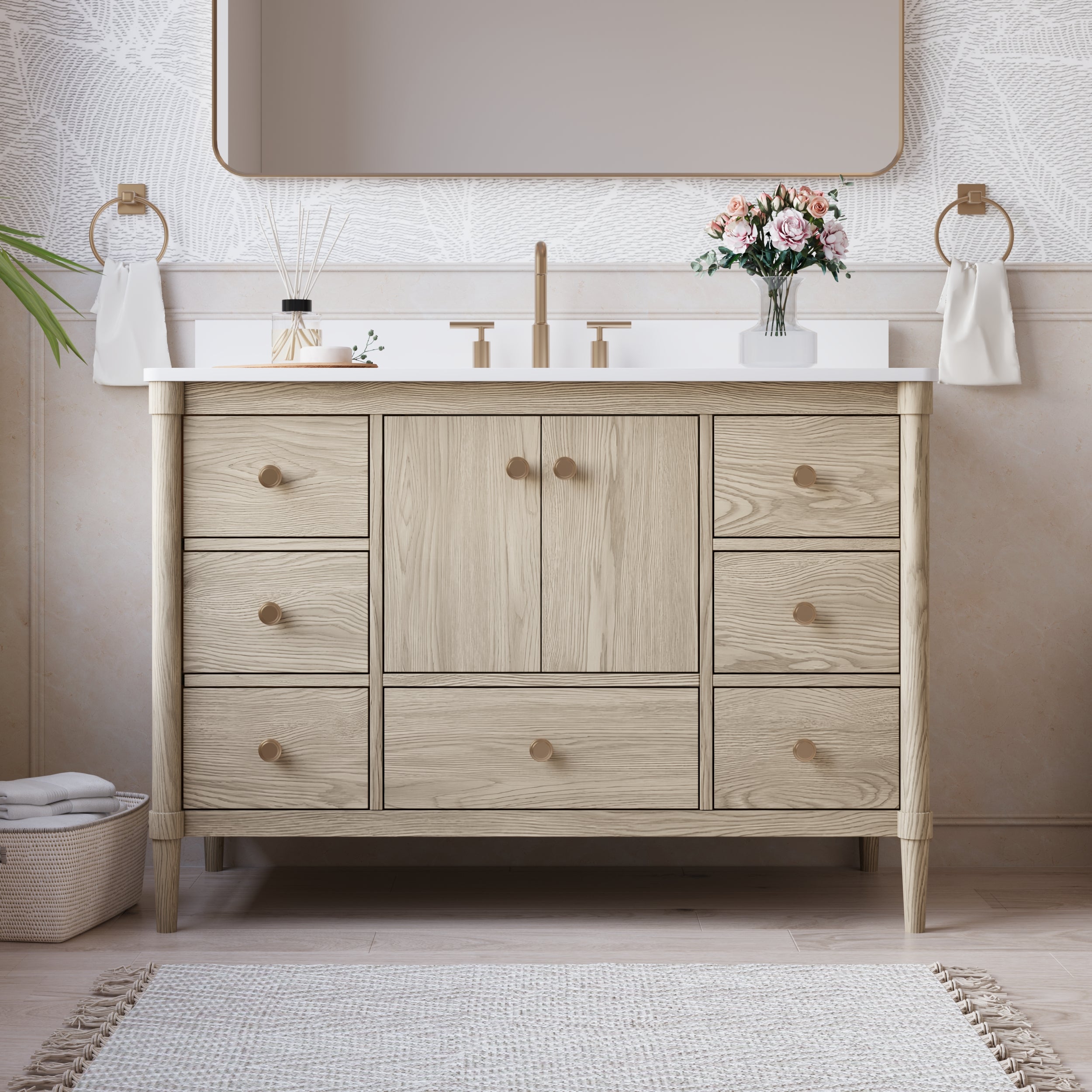


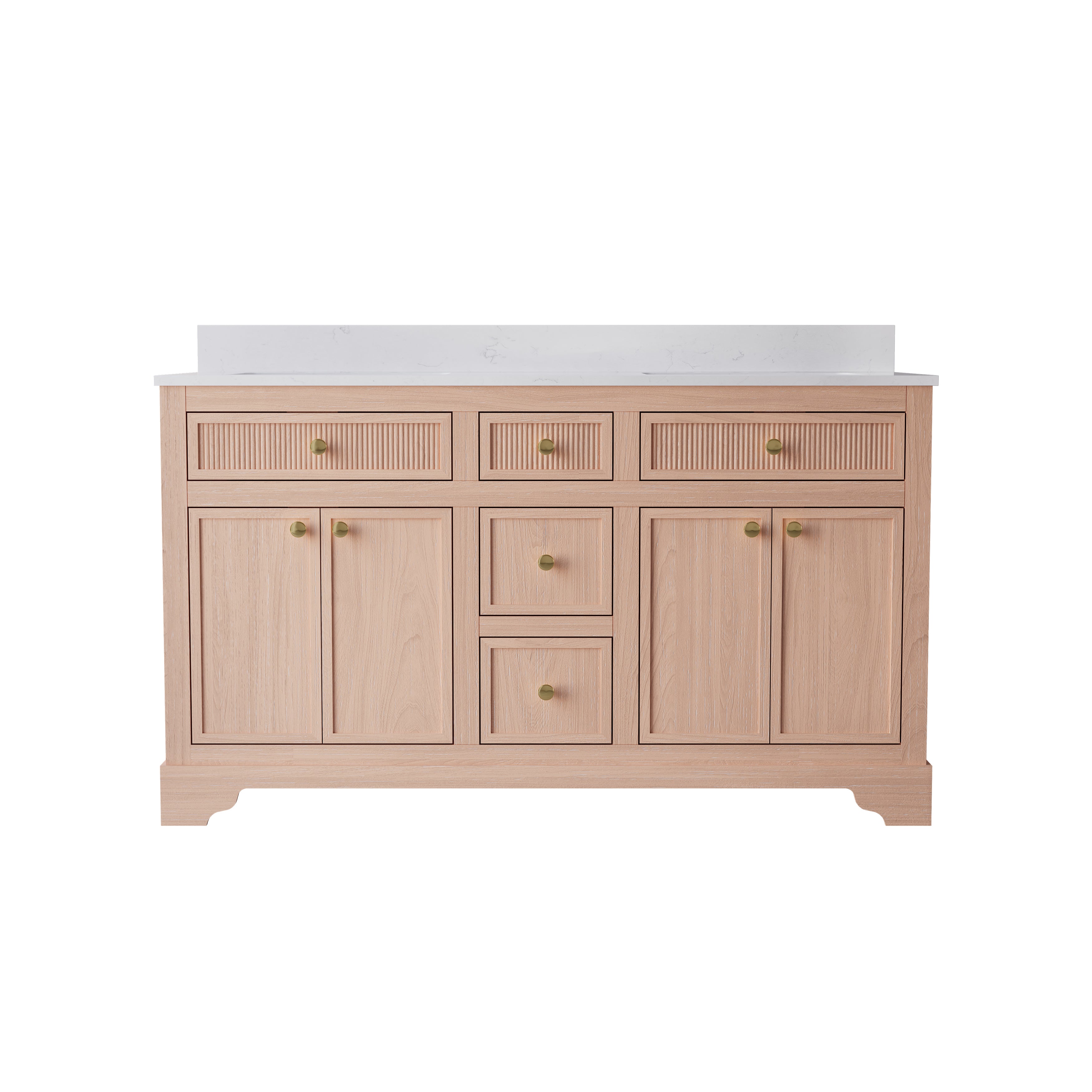
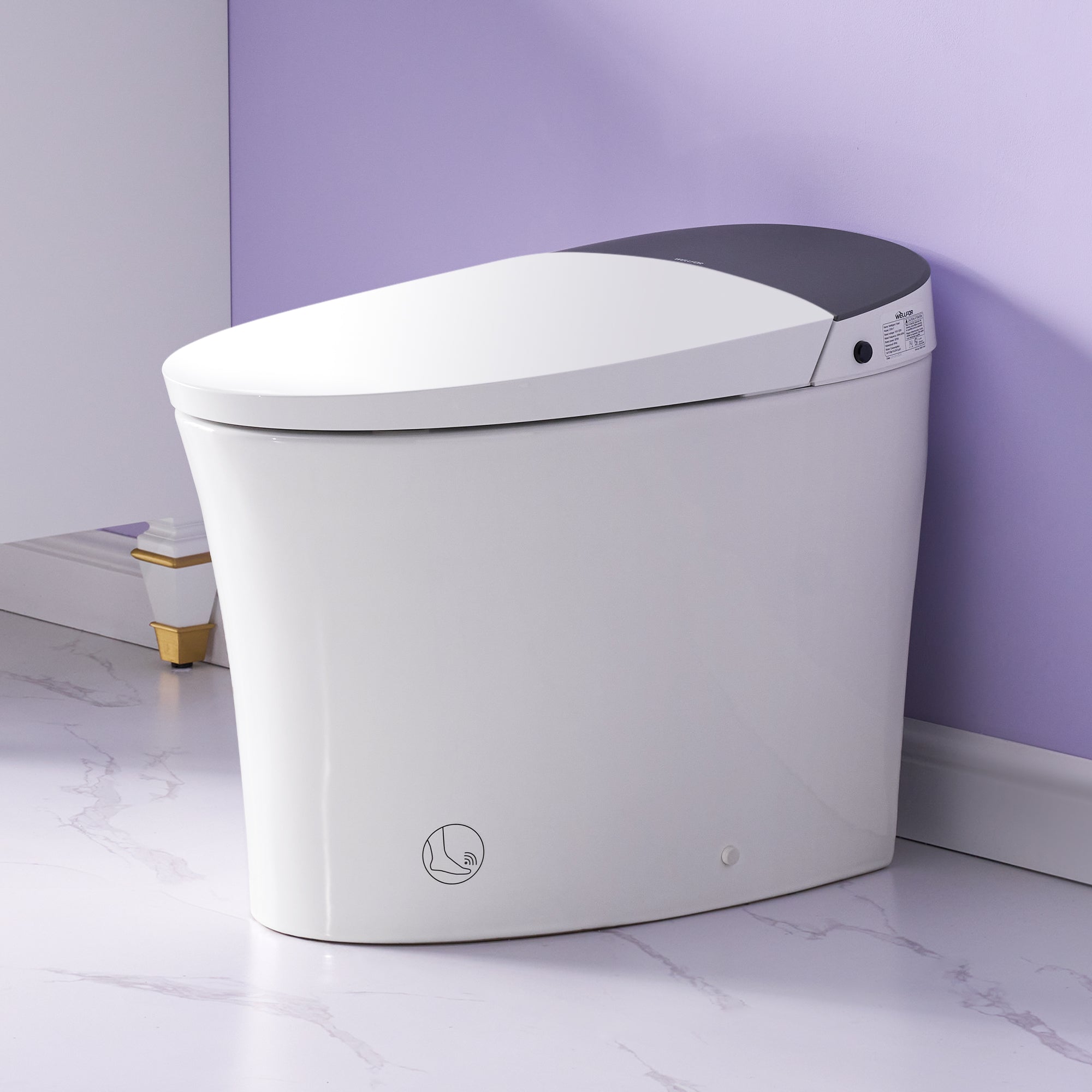
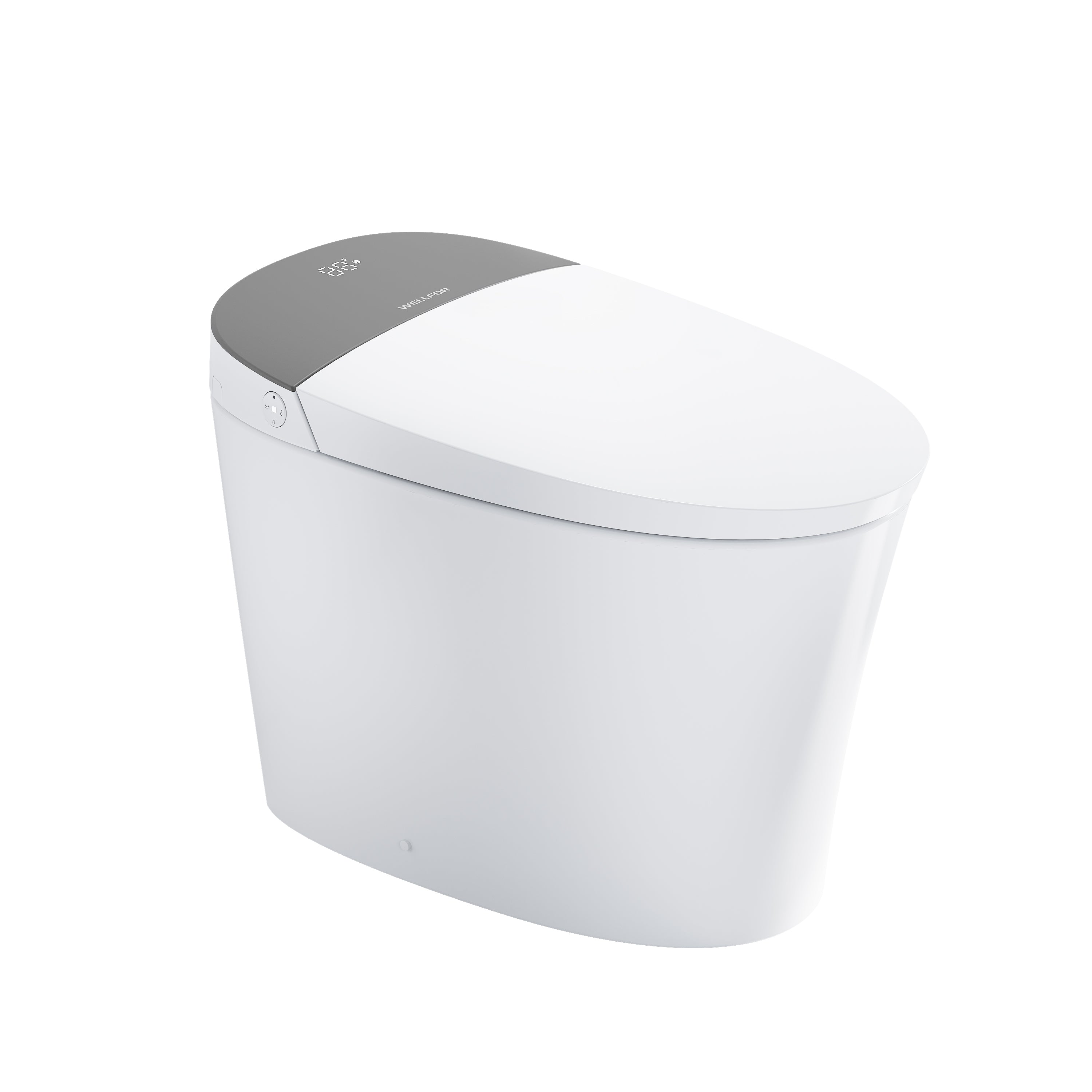
Leave a comment
This site is protected by hCaptcha and the hCaptcha Privacy Policy and Terms of Service apply.